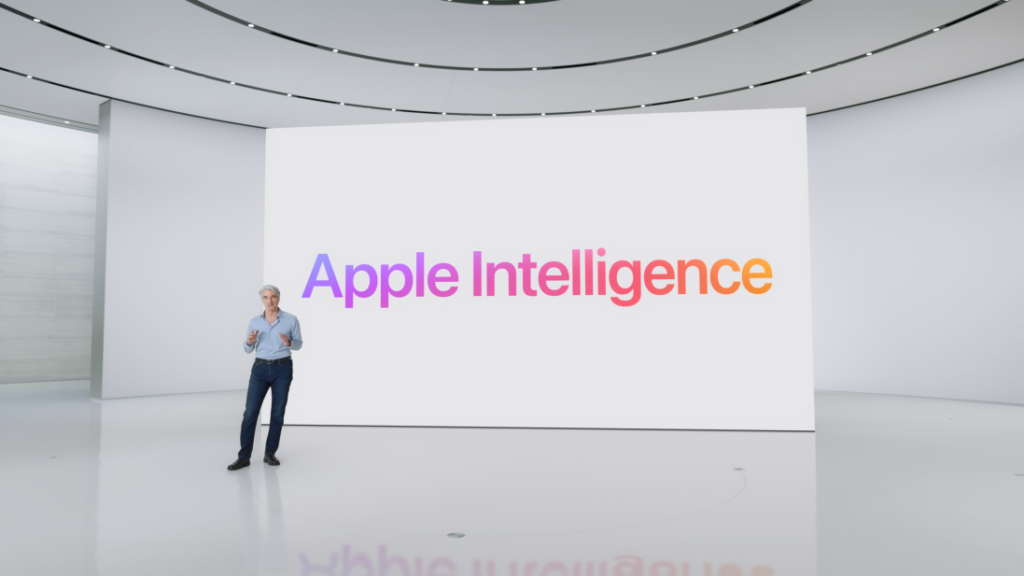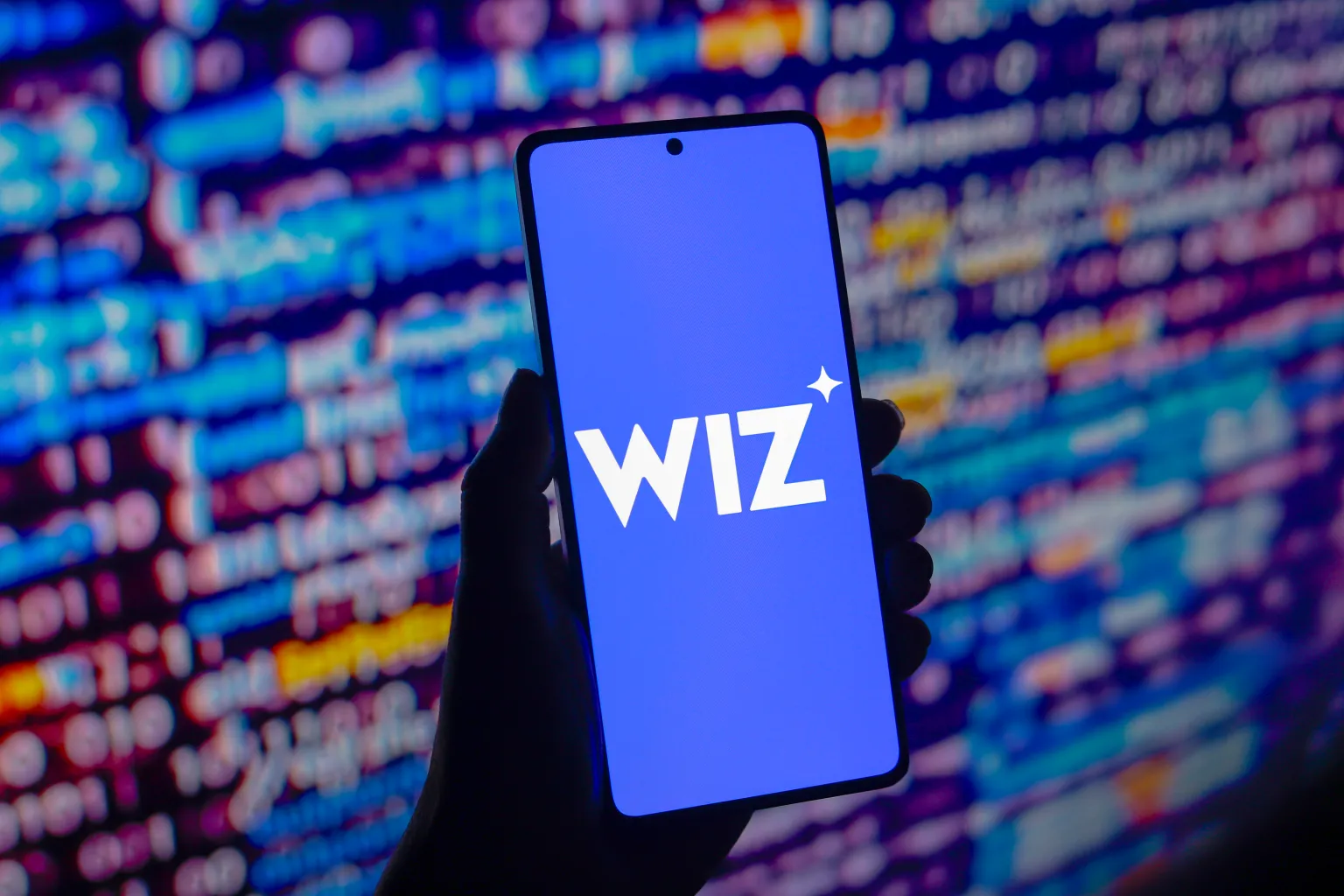If you’ve recently upgraded to a new iPhone, you may have already spotted Apple Intelligence baked into apps like Messages, Mail, and Notes. Apple officially rolled out its AI platform in October 2024, and it’s clear the company is positioning it as a long-term player alongside Google Gemini, OpenAI, and Anthropic.
So, what exactly is Apple Intelligence and how does it work? Let’s break it down.

What Is Apple Intelligence?
Apple markets its new AI system as “AI for the rest of us.” It’s designed to enhance everyday tasks using generative AI, from text assistance to image creation.
- Writing Tools: Summarize long texts, proofread, or even draft entire messages in apps like Mail, Messages, Pages, and Notifications.
- Image Tools: Generate custom emojis called Genmojis, or use the standalone Image Playground app to create visuals for presentations, messages, or social posts.
- Smarter Siri: Apple’s long-neglected voice assistant finally got an upgrade. Siri can now work across apps, understand what’s on your screen, and perform actions like editing a photo before dropping it into a text message.
Timeline: How Apple Intelligence Rolled Out
- October 2024 (iOS 18.1, iPadOS 18, macOS Sequoia 15.1)
Writing Tools, article summaries, image cleanup, and a redesigned Siri debuted. - Early 2025 (iOS 18.2, iPadOS 18.2, macOS Sequoia 15.2)
Apple added Genmoji, Image Playground, Visual Intelligence, Image Wand, and ChatGPT integration.
ALSO SEE: Made by Google 2025: Pixel 10 & More
Who Can Use Apple Intelligence?
Apple’s AI features are free, but only run on newer hardware. Supported devices include:
- iPhone: All iPhone 16 models, plus iPhone 15 Pro & Pro Max (A17 Pro).
- iPad: iPad Pro (M1+), iPad Air (M1+), iPad mini (A17+).
- Mac: MacBook Air/Pro (M1+), iMac (M1+), Mac mini (M1+), Mac Studio (M1 Max+), Mac Pro (M2 Ultra).
Notably, only the Pro versions of iPhone 15 qualify due to chipset limitations.
On-Device vs Cloud: How Apple’s AI Works
Unlike GPT or Gemini, Apple Intelligence is built to work on-device whenever possible. That means tasks like email composition don’t require an internet connection, making them faster and more private.
For heavier queries, Apple uses Private Cloud Compute Apple-run servers built on Apple Silicon. The switch between local and cloud processing is seamless, and users only notice if they’re offline (in which case some tasks won’t work).
ChatGPT + Apple Intelligence
Apple’s much-talked-about partnership with OpenAI isn’t about replacing Apple’s AI — it’s about filling gaps.
- With ChatGPT enabled, Siri may ask to “consult ChatGPT” for tasks like recipe ideas or travel planning.
- Users can also directly prompt Siri to ask ChatGPT.
- A new Compose tool lets you generate longer content in Writing Tools, complementing Apple’s Summary and Style features.
Paid ChatGPT users will get access to premium features through this integration.
Apple has hinted that Google Gemini may be the next third-party partner.
Developers + Apple Intelligence
At WWDC 2025, Apple announced its Foundation Models framework, giving developers access to Apple’s on-device AI.
This means third-party apps can integrate AI features without relying on expensive cloud APIs. For example:
- A study app could create personalized quizzes from your Notes.
- A design tool could use Image Wand to refine sketches instantly.
All while keeping your data private and offline.
What’s Next for Siri?
Apple is expected to debut a major Siri overhaul in 2026. Rumors suggest Apple might even partner with competitors like Google to speed up development. Until then, Siri remains more capable than ever — but still behind leaders like ChatGPT and Gemini in some areas.
Apple Intelligence is still in its early stages, but it’s already transforming how iPhone, iPad, and Mac users interact with their devices. With on-device processing, tighter Siri integration, and third-party AI partnerships, Apple is carving its own path in the AI race with privacy and seamless user experience at the forefront.
Sources ( Techcrunch )




